By: Robert G. Davis, 33*, Grand Cross
Like the archetypal hero, we each can transcend to a new level of awareness and attain a veritable rebirth.
Horatius Cocles, a 1586 engraving by Hendrick Goltzius
One of the powerful icons of antiquity is displayed in a section of a votive relief at the Louvre in Paris. From the Hellenistic period, 1st century, B.C., the sculpture is titled "Offering to the Dioscuri." It represents Castor and Pollux, the most famous twins, dioscuri, of Greek mythology, riding magnificent steeds across the heavens. According to the myth, one of the twins is mortal, the other immortal. One represents the divine principle within us; the other signifies the energy in life which we must eternally encounter and transform. As the story goes, the twins spend alternative nights in the heavens and in the netherworld seeking, through their experiences, the light of tomorrow.
We commonly think of them as the zodiac sign Gemini. In astronomy, they are the two brightest stars in the constellation Gemini.
"Offering to the Dioscuri" - louvre Puseum, Paris
Contemplating the imagery of this myth, we can see the twins as heaven and earth, day and night, past and future. Also, they represent the tension of opposites within ourselves at the very point of our transition from darkness to light, from ignorance to knowledge. Thus, this relief carving offers a pictorial description of the classic journey of the hero—the journey each of us is to make in life. It is an uncertain, often dreadful, and always dangerous night journey into the deepest reaches of ourselves. But through this journey, this confrontation with ourselves and our experience, we each can transcend to a new level of awareness and attain a veritable rebirth.
Only a hero, which we all can be, can wage such a battle. For it is only when we have an unrelenting resolve to overcome our deepest fears that we are enabled to know ourselves and fulfill our true potential. We labor and strive and learn in this world so that we may hope to live perfect in the dawn of eternity. That is the quest of the hero.
Of course, the symbolic meaning of the "Offering to the Dioscuri" is the same as depicted in Masonic ritual by the young Fellowcraft as he passes between the pillars of the Middle Chamber. At that moment in his life, he begins his journey into the greater mysteries which will enable him to become transformed into his better, truer self.
In contemporary Masonic symbolism, the Fellowcraft is the exemplar of the Gemini twins. His spirit is integrated by the dual nature of the pillars. Everything which represents the opposites in his life—passion and reason, aggression and cooperation, weakness and strength, anger and compassion, selfishness and charity—he takes with him on his subsequent quest toward self-improvement. Every emotion, experience, and lesson he learns on his own life journey, represented by the winding stairs, he integrates into his being.
He has only to make this hero's journey—this path of initiation, separation, and return—to see the Light of Lights and understand why Masonry is itself a timeless Truth, like the myth frozen in a piece of stone from two millennia past.
In the Scottish Rite (the college course in Freemasonry), our hero's journey is reinforced time and again. In the 13°, the candidate makes the descent into the cavern of his own life to discover the Lost Word. In the 18°, he finds, from his own journey through darkness, the light of the world. And in the 30°, he becomes the Dioscuri yet again, this time in the symbol and form of the black and white double-headed eagle.
Thus, when he becomes a Master of the Royal Secret, if he has taken seriously the path of the Rite, he is enabled to look back to the pillars of symbolic Masonry with new eyes—the eyes of a hero—and marvel at what Joseph Campbell has called the "song of the soul's high adventure," the path of his own self-meaning.
Perhaps it is really not so hard to be a hero. Maybe we need only to dream of a magnificent steed that will carry us aloft to a castle that knows no East nor West, but reveals the treasure of our soul's deepest longing.
Or, as Freemasons maybe we need only to know in what we are engaged--to be the heroes we are all supposed to be.
________________________________________
Thank you for reading The Laudable Pursuit!
If you enjoyed this piece, please feel free to share it on social media sites and with your Lodge.
For more information on Wor. Robert G. Davis Please: CLICK HERE
Also, visit us on Facebook: https://www.facebook.com/TheLaudablePursuit
_______________________________________
SHOW YOUR SUPPORT
If you enjoyed this content, you can show your support by visiting the "Support TLP" page in the header.








